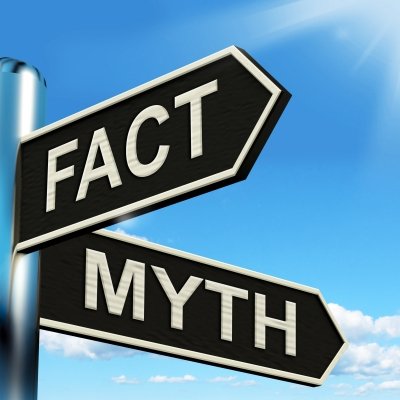The Minimal Hypotheses of Jesus Historicity And Jesus Myth

I mentioned in my previous post that Richard Carrier uses a probability approach - Specifically Baye’s Theorem - to determine the historicity of Jesus. Carrier has been criticised for the use of Baye’s Theorem to argue a historical case by some who say it was not intended for such a purpose. However, other scholars have affirmed that Baye’s Theorem is ideally suited for the study of history. I have not studied probability or statistics and therefore am not qualified to comment either way but even without Baye’s Theorem, the mass of evidence and arguments Carrier presents to support his thesis is compelling.
I will leave out Carriers comments on how he derives his probabilities for the various aspects of his investigation (except in my summary of his final results) but I will use Carriers set of criteria against which to determine the arguments for historicity or myth. This post will set out these criteria ready for future examination.
What is the Jesus Historicity Hypothesis?
The following are set by Carrier out as being the minimum for determining whether Jesus was a historical person.
• Jesus was an actual man who acquired followers during his lifetime and these followers then continued an identifiable movement after his death
• This Jesus was claimed by some of his followers to have been executed by the Roman or Jewish authorities.
• This Jesus began to be worshipped as a living god (or demigod) by some of his followers.
If these three facts can be established as true then the historicity of Jesus cannot be denied. [1]
What Is The Jesus Myth Hypothesis?
Carrier establishes five propositions for the minimum Jesus myth hypothesis.
• Originally, when Christianity first started, Jesus was believed to have been a celestial god who would have been called a demigod in pagan terms and an archangel in Jewish terms.
• He only ever communicated with his followers through dreams, visions or prophecies.
• Jesus was believed to have gone through a process of ‘becoming flesh’, being put to death, being buried and then being resurrected all within a supernatural realm and not on earth.
• An allegorical story of this figure was then composed for consumption by his followers. These stories made Jesus into a divine man with a family, followers and enemies and built up narratives that were uttered by him along with deeds he performed while on earth.
• These stories eventually came to be taken as real.
These are the five points that need to be determined as true for the Jesus myth hypothesis. [2]
In future posts I will be going through the evidence for both the historical and myth hypothesis.
Sources
[1] ‘On the Historicity of Jesus – Why We Might Have Reason for Doubt’ by Richard Carrier – Chapter 23 – ‘The Hypothesis of Historicity’.
[2] ‘On the Historicity of Jesus – Why We Might Have Reason for Doubt’ by Richard Carrier – Chapter 3 – ‘The Hypothesis of Myth’.
Images
My Previous Posts
A fabricated tale to heal sectarian divides
Nice job on presenting both sides of this discussion. I post a verse every day as well as a part of my Verse Of The Day campaign and would love to have your feedback on the posts.
Thank you,
Spencer Coffman
Latest Verse: Isaiah 41:13